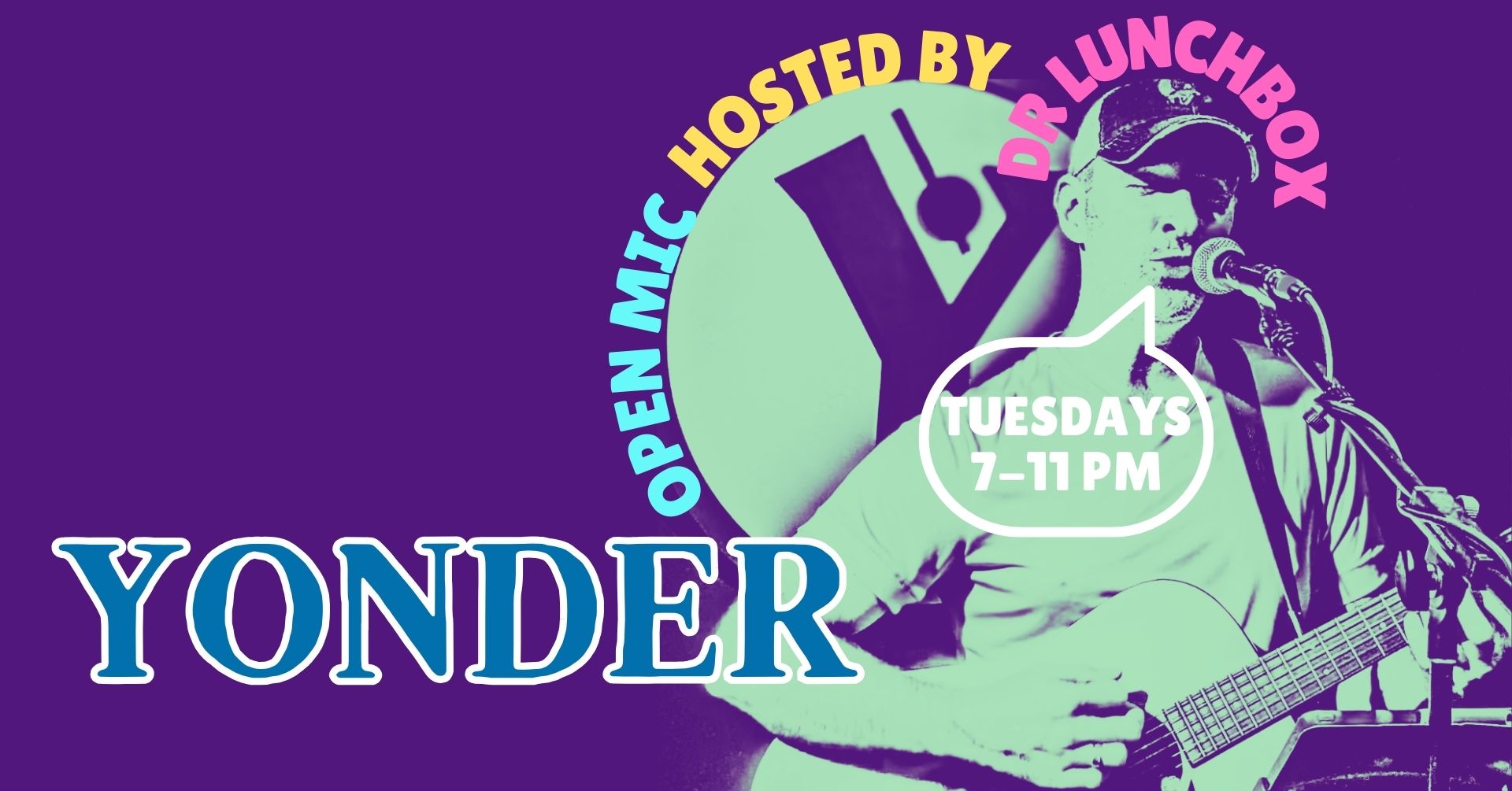
Thursday Jazz at Yonder
Yonder: Southern Cocktails & Brew 114 W King St, Hillsborough, NC, United StatesEach Thursday from 8-10 Yonder presents live jazz with some amazing local, and traveling jazz musicians. Les Trois Chats Katharine Whalen's JazzSquad Crystal Bright and Griffanzo Taz Halloween with Griffanzo New Morning Jazz KÜF KNOTZ & CHRISTINE ELISE

